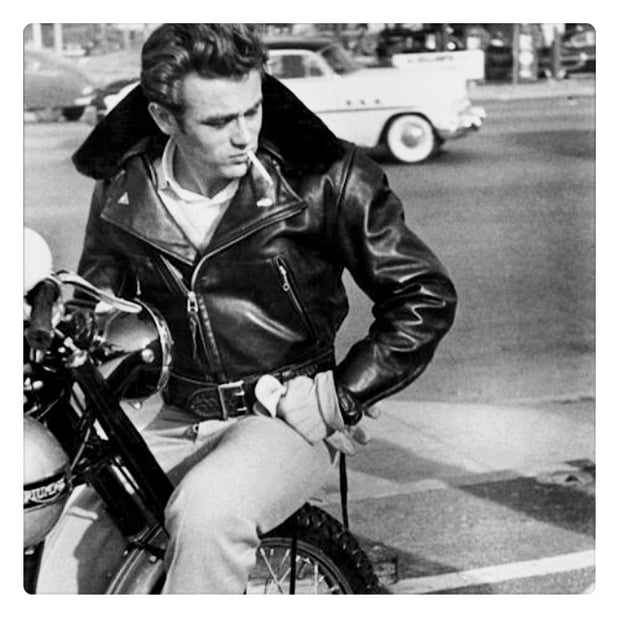In this guest post, signed by Anna Turcato, Image Consultant & Style Strategist, we retrace the history of one of the most versatile materials in the manufacturing industry: Leather
Everyone, in his own wardrobe has at least one leather garment: a jacket, a pair of shoes or a bag.
Leather garments are durable, stylish and accompany us in many moments of our lives.
Leather is a material with a thousand lives, because it can always be reinvented. It can be used multiple times and recycled to create new outfits and accessories.
In this process the most important step is the dyeing.
Leather is a versatile material in fact the color can be changed if treated with competence.
Leather processing has ancient origins, since prehistoric times, when men took shelter from the cold using the leather obtained from their hunting victims.
From the Middle Ages onwards, tanning techniques have improved to make this material more lasting and resistant.
After the Industrial Revolution, it was clear that the leather discarded by the food processing industry could be reused; in fact it was also used in the clothing industry.
The most important step toward improving the tanning industry was the discovery, in the late nineteenth-early twentieth century, of the chrome tanning: more simple, flexible, economical and able to speed up production. But it was from the mid-1900s that the leather garments become fashion icons.
Just think when, in the 50s, Marlon Brando and James Dean matched to jeans the leather jacket "Perfecto", created for motorcyclists and designed by Irving Schott in 1928.

All of this, allowed us to tell the story of an era with a "simple Leather jacket"!
Some time later, Yves Saint Laurent made leather one of the main elements of his collections, giving this material, also a glamorous touch.
In the 80s, in addition to classic garments and accessories in blacks and brown leather, leather goods with strong colors that, until then, had never been used in the fashion industry were created.
Since then, colored leather has become a “must have” for any fashion collection. This material became a tool to express oneself and an item to play with one's look.
A product in colored leather, like a pair of shoes or a bag, is able to give an edge even to the most rigorous and classic outfits while maintaining its main characteristics: elegance and practicality.
Leather can take bright shades like Greenery, decreed by Pantone color of the Spring Summer 2017.
Want to create a leather article that gives positivity? Color it in Orange Hermes.
Want to make the most refined look? Dye your articles in a sophisticated Blue Tiffany.
Trendiest colors?
Gold and Silver for metallic flashes, to choose for some bright details for the leather edge.
Play with complementary colors with contrasting edges, matching the blue to orange, purple to yellow, green or red. Or combine a balanced lapis blue to bright pink.
Subscribe our Blog and keep you updated.


